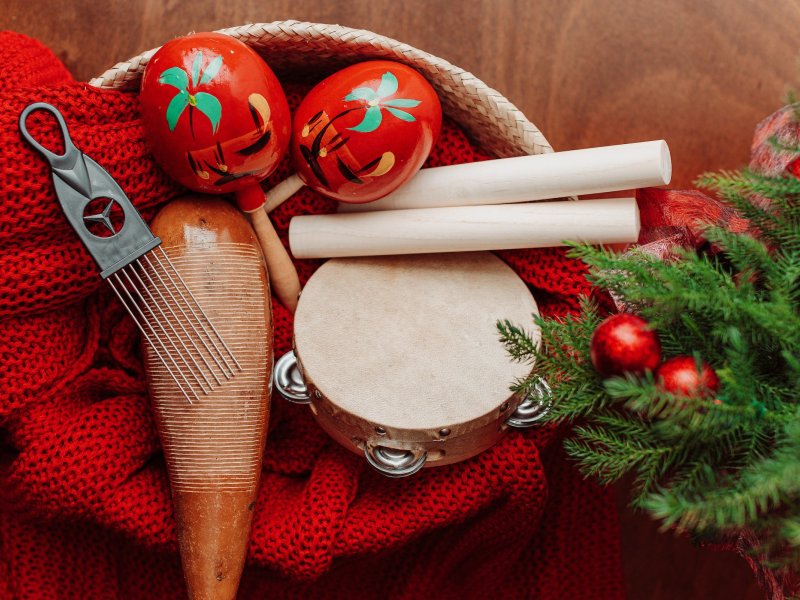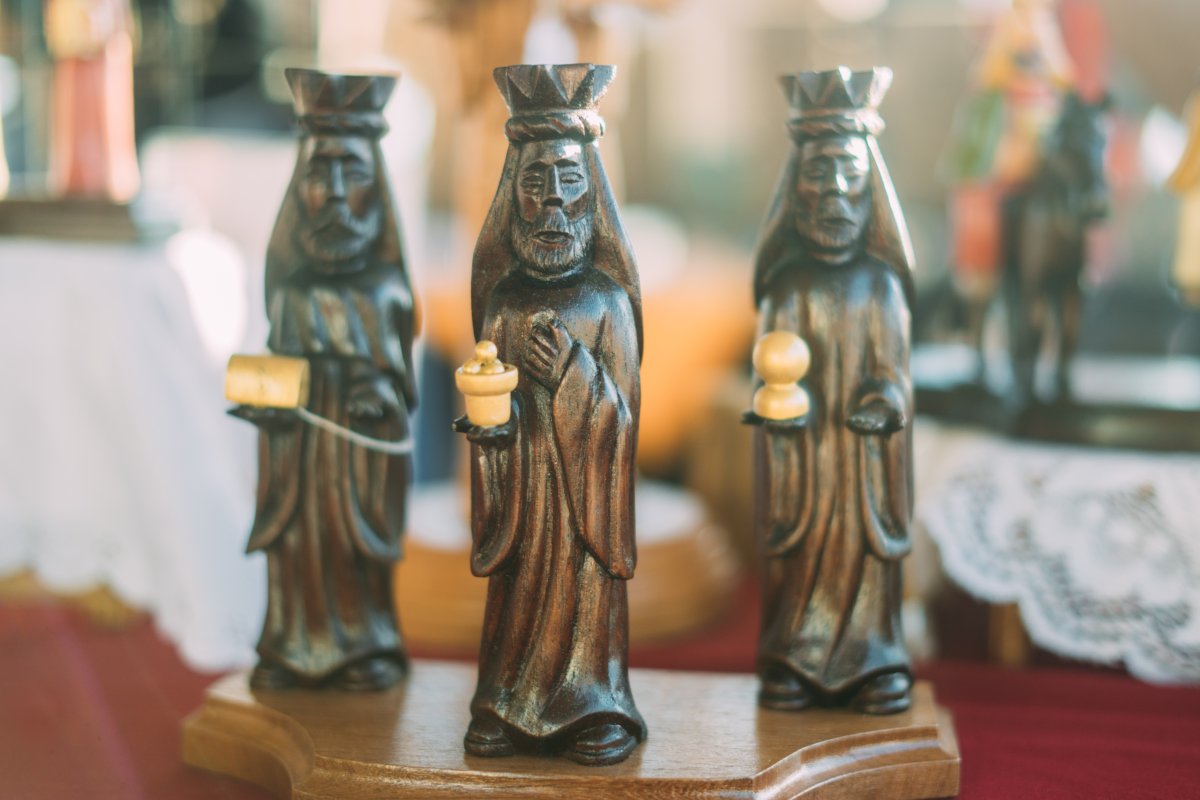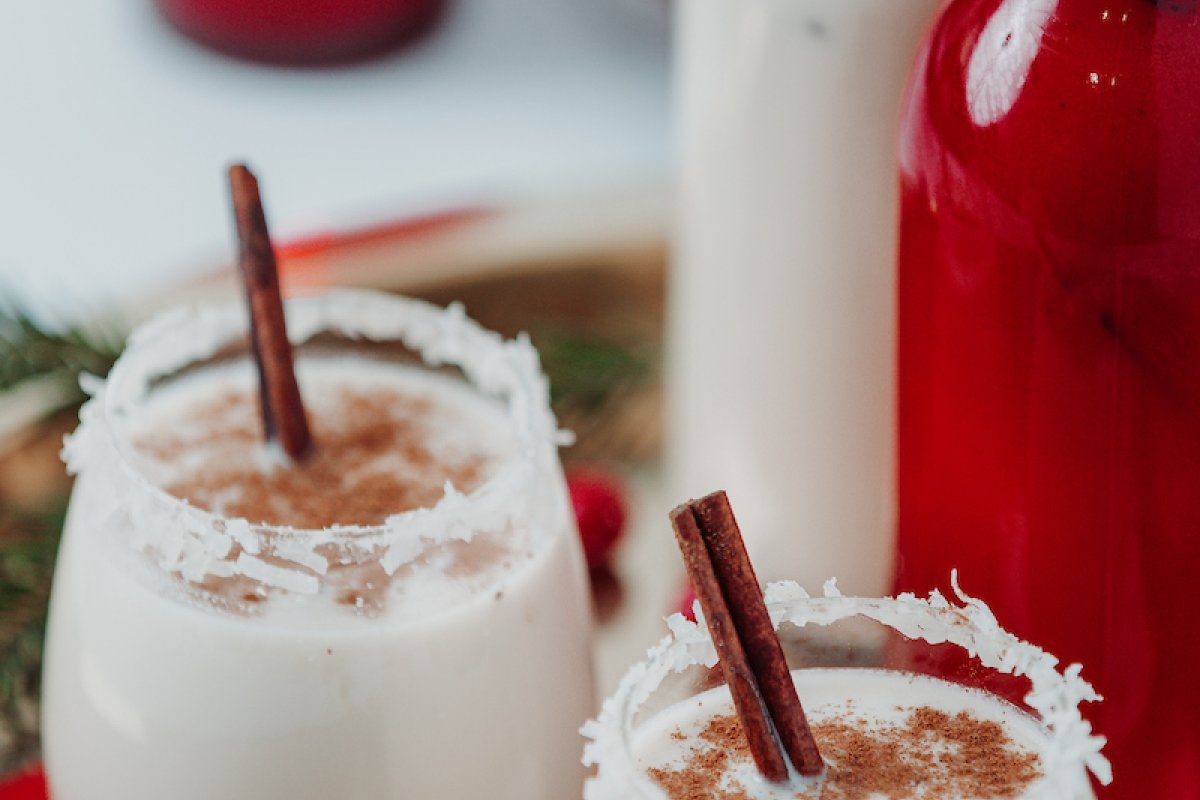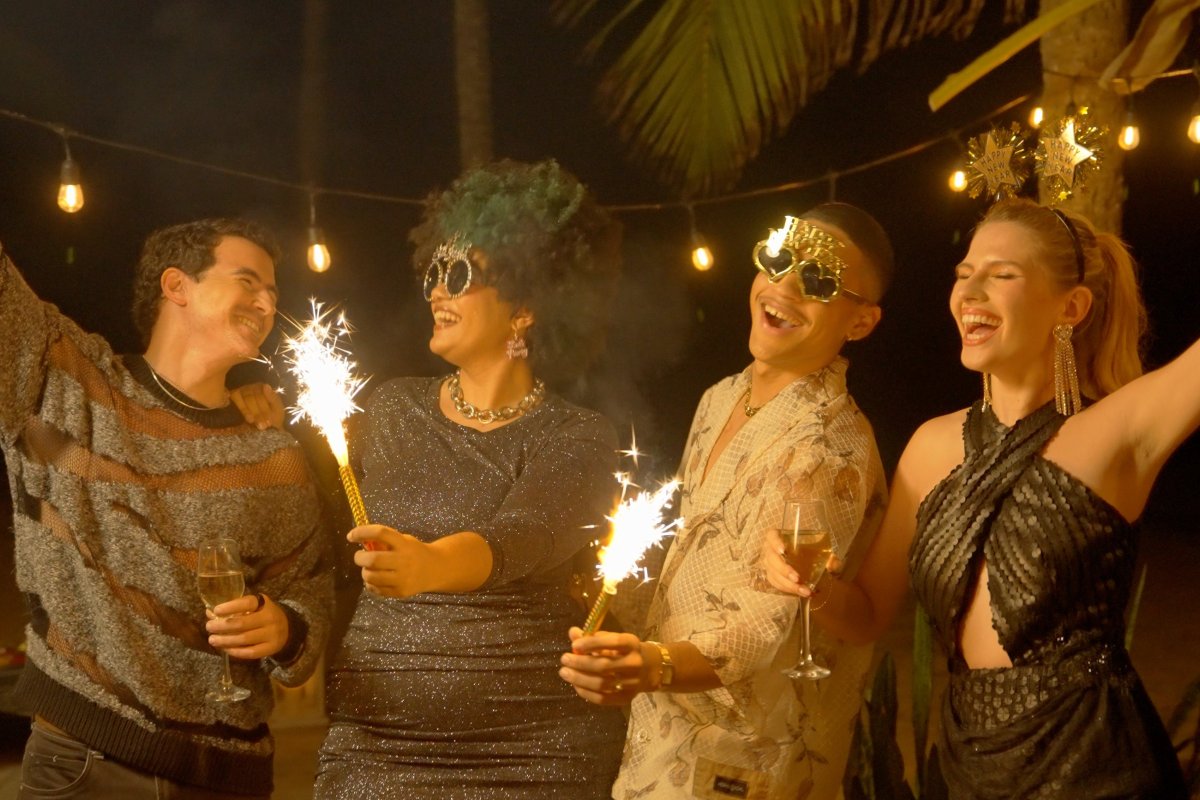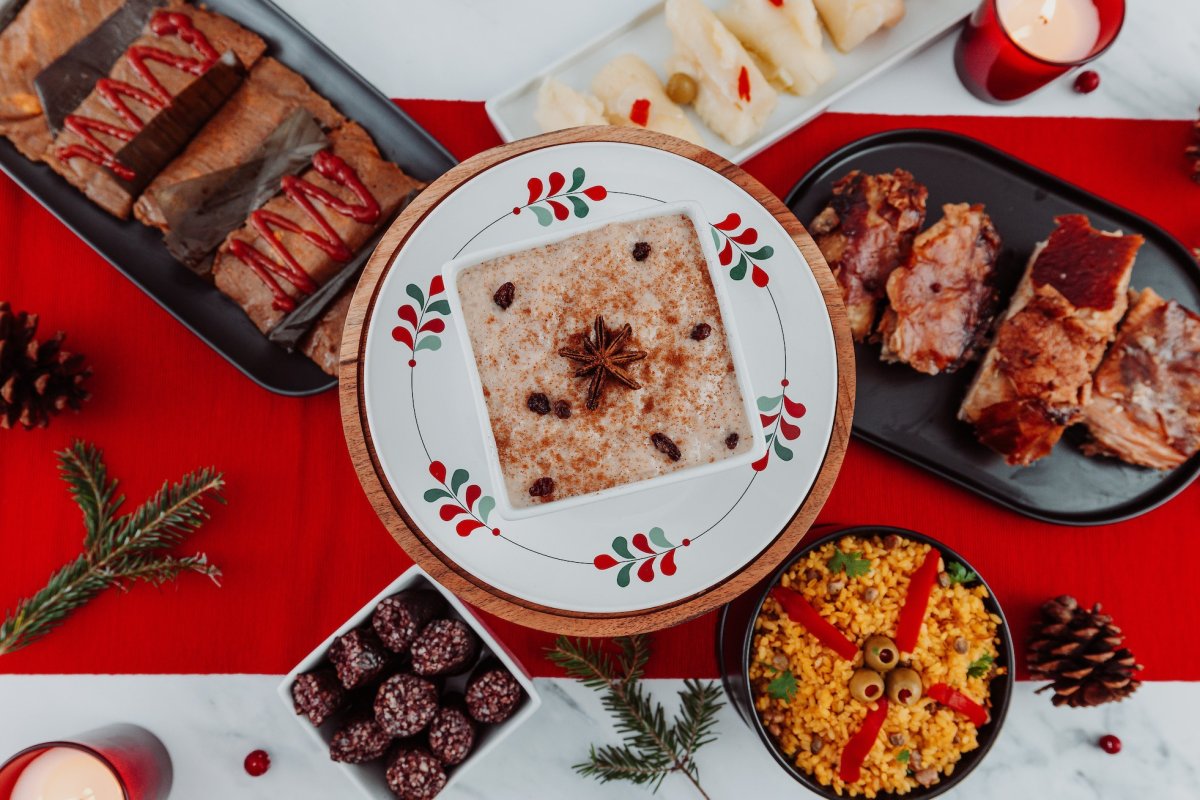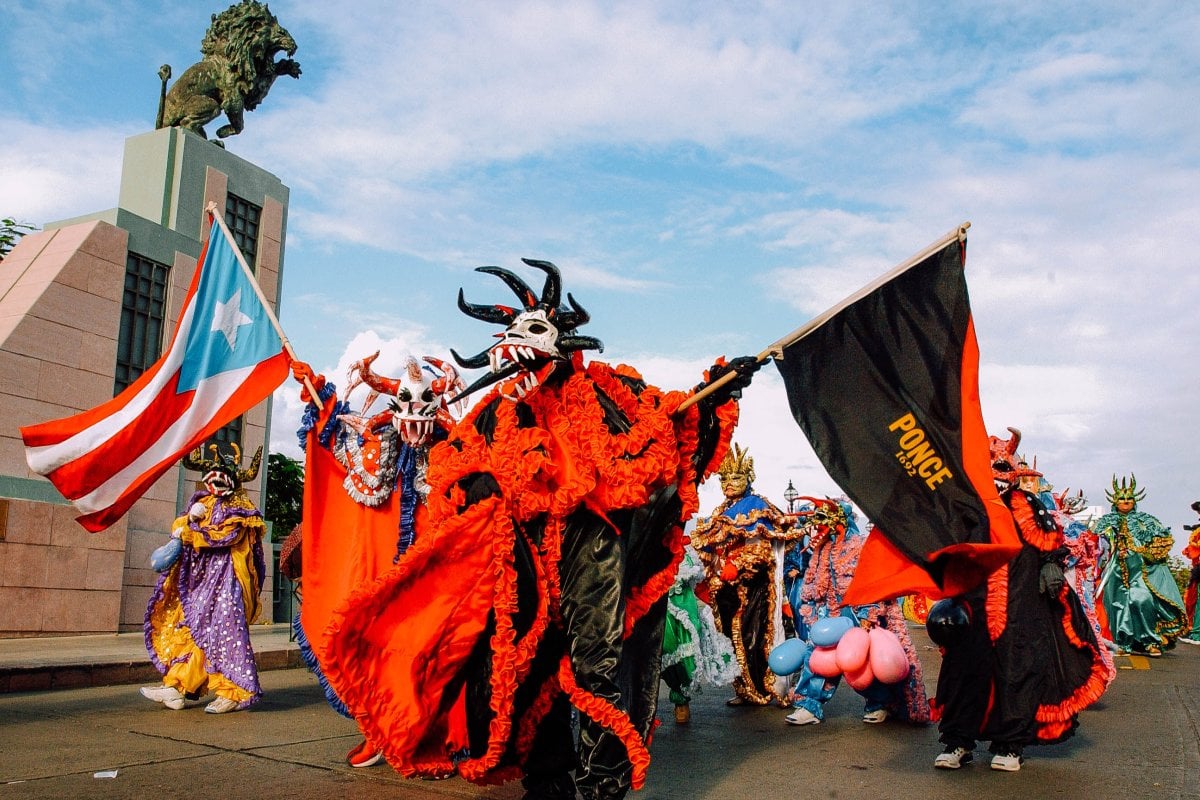¡Asalto! Nothing combines the best of the Puerto Rican Christmas culture, music, food, drinks, and celebrations, like a parranda.
Also known as asaltos or trullas navideñas, parrandas are the Boricua version of Christmas caroling and can be heard all around the Island during the holiday season, starting in November all the way through January. This popular tradition consists of a small group surprising family and friends by visiting their homes late at night and awakening them with an Aguinaldo, a Christmas song. Then, through the night, the parranderos move from home to home, singing, eating, drinking, and spreading the holiday cheer until daybreak.
This holiday season, spread the tropical joy and organize your own parranda with these five must-have elements:
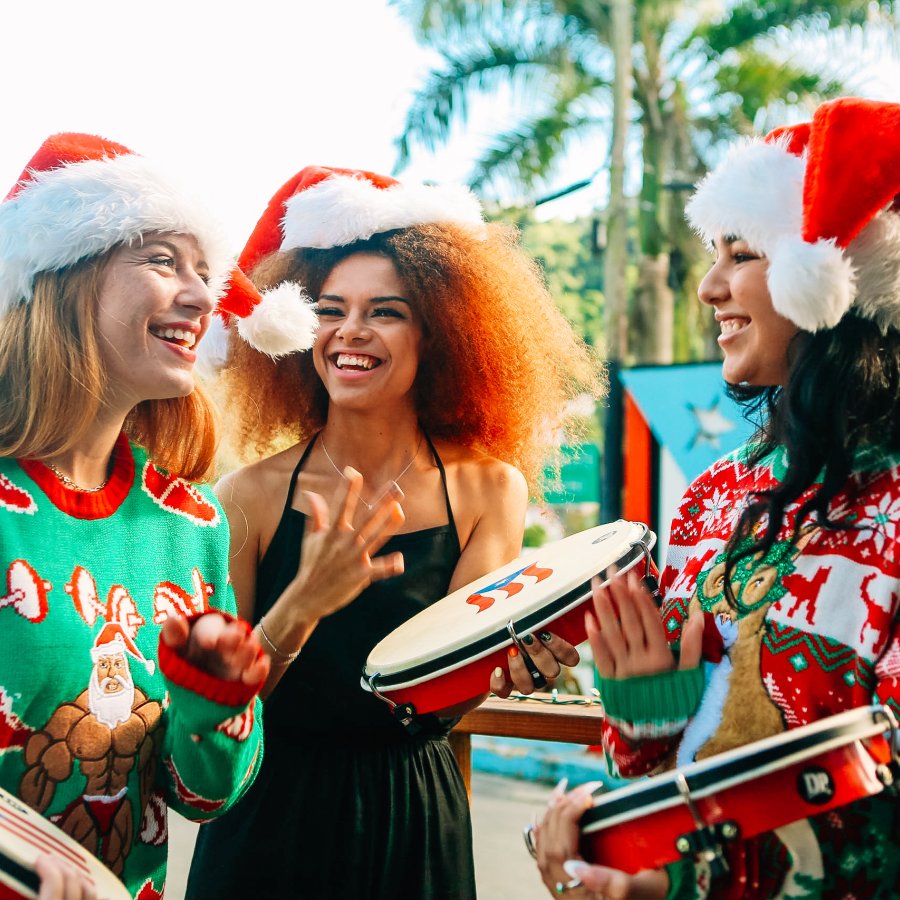
Gather some of your friends and family and choose which homes you will visit.
Planning
Choose which homes of friends and family you will visit— typically four to five, preferably not too far from each other. In the early days, parrandas were unannounced, but now the stops can be scheduled in advance, or you can give hints of when the parranda may happen. Typically, parrandas begin at night, usually after 10:00 p.m., to wake up your friends with a loud and joyful song. The group spends some time in each home drinking, eating, and singing before moving the party to the next house. Through the night, the group will grow as friends from the previous homes join in the next parrandas. The last home is the longest stay and where the party usually ends when the sun rises.
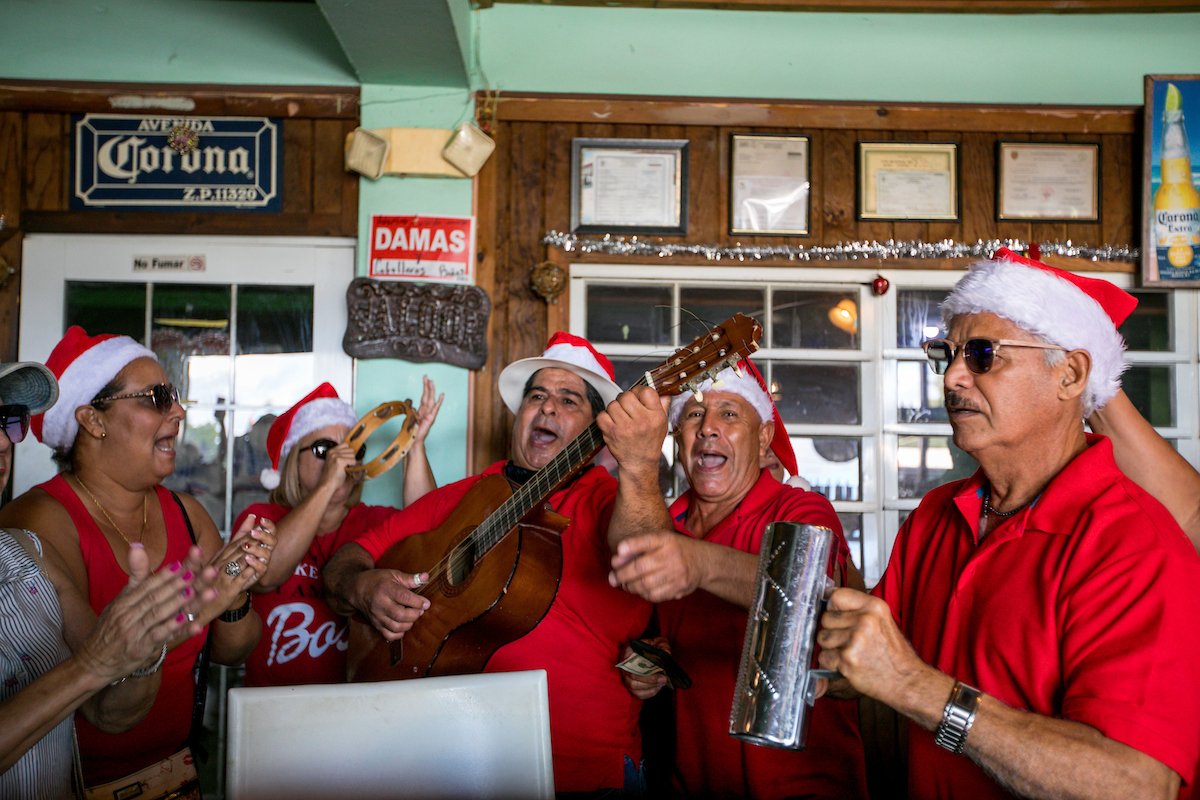
Each parrandero has a role, from playing an instrument, singing, or clapping to the beat of the songs.
Parranderos roles
The group participating in a parranda, whether it be playing an instrument or singing, is called parranderos. There is no limit to how many people can join the fun! Everyone is encouraged to play an instrument, sing and clap to the beat of the songs. Customarily, the group has a parranda leader who takes the lead of the music and signals everyone to start or stop playing and singing. On the other hand, the friends you’re visiting are designated to welcome the group into the home and provide them with food and drinks.
Sing Aguinaldos!
Music is vital to Puerto Rican culture and a key aspect of a parranda. Our Christmas songs are known as Aguinaldos, which literally means gift, and if sung well, they can be! Aguinaldos are folk-style songs with secular or religious themes, most of which have transcended generations. Other types of music, such as bomba, villancicos (religious Christmas songs), and trovas (improvised songs), can also be sung in parrandas. So next time you hear an Aguinaldo outside your door, be sure to ¡ábreme la puerta, ábreme la puerta! (open the door!)
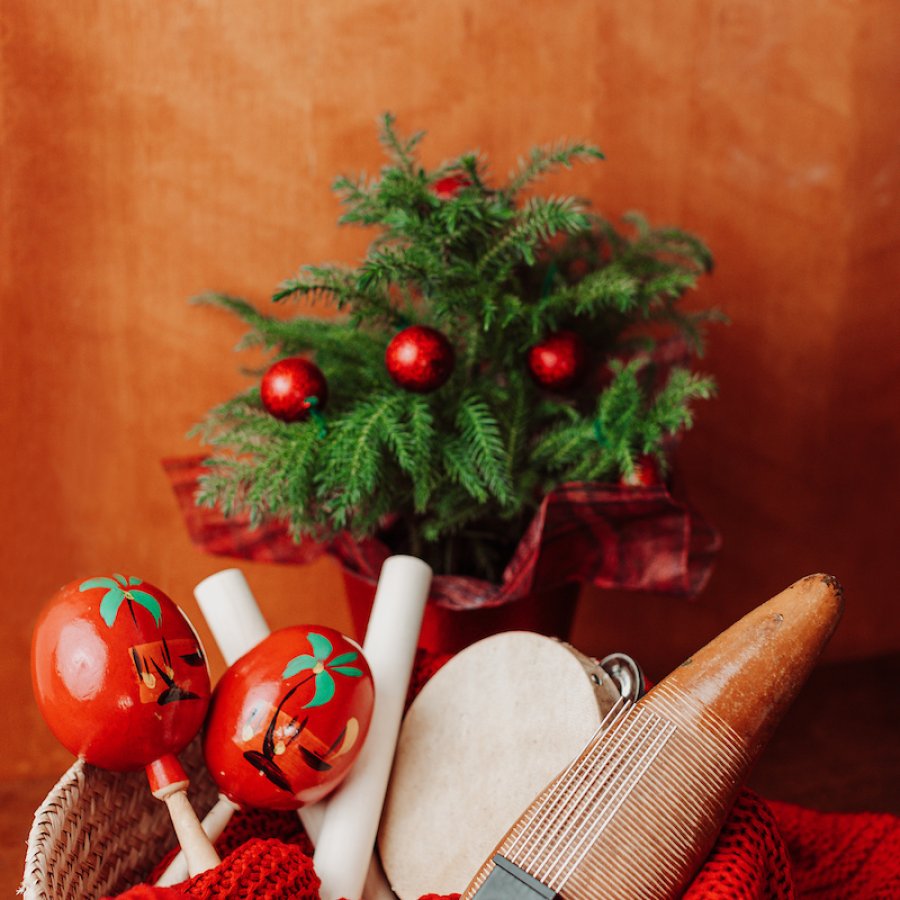
A good parranda kit needs panderetas, güiro, palitos, maracas and tamboriles.
Get your parranda kit ready.
You can’t go parrandeando if you don’t have the right instruments; they are essential to its sound! The Aguinaldos are accompanied by typical Puerto Rican instruments such as the cuatro (Puerto Rican guitar), panderetas or panderos (tambourine), güiro (a small percussion instrument), palitos (sound sticks made of wood), maracas and tamboriles (small drums). If you can’t play an instrument, don’t worry. You can join in by clapping to the beat of the songs!
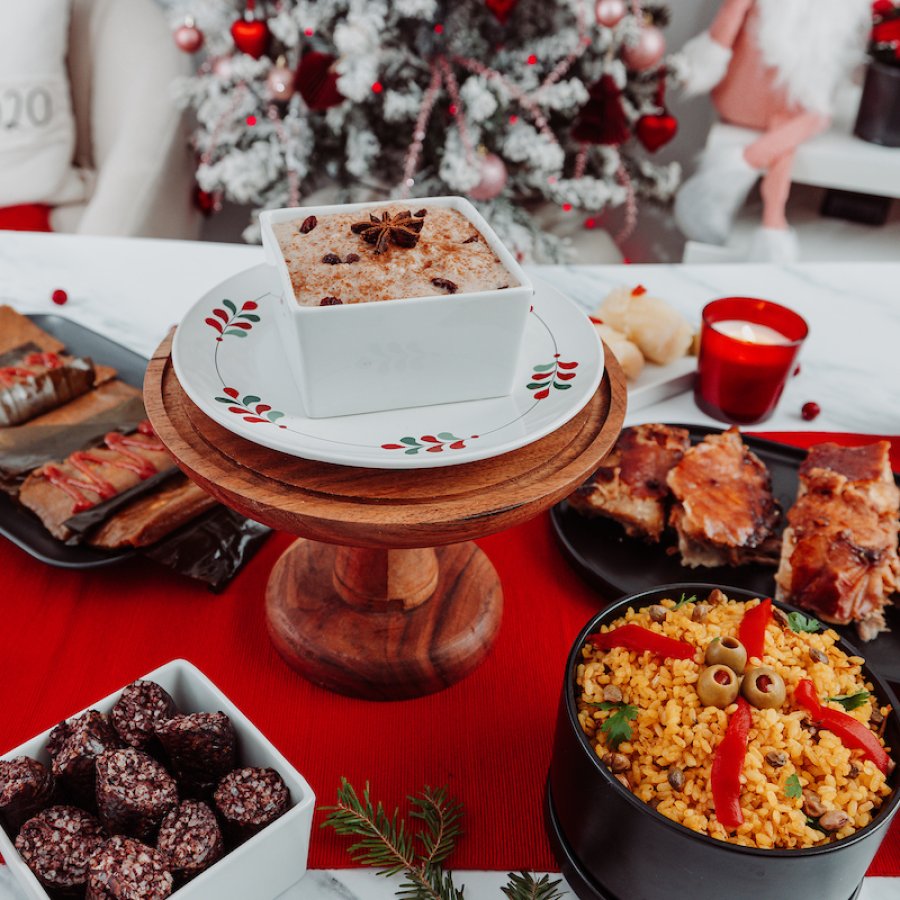
The parranda night is not complete without a festive plate of delicious Christmas food.
Appetizers and asopao
It wouldn’t be a Puerto Rican tradition if it didn’t include delicious food. During a parranda, every house plies the parranderos with refreshments and traditional holiday treats like tasty tembleque, a sweet dessert made from coconut milk, mouthwatering pasteles, and coquito, a delicious Boricua eggnog-like drink. The last house of the route offers the asopao, a delicious and hearty stew that contains rice and can be made with beef, pork, chicken, or shrimp. And don’t forget the thin and crispy tostones (plantain fritters) on the side!
